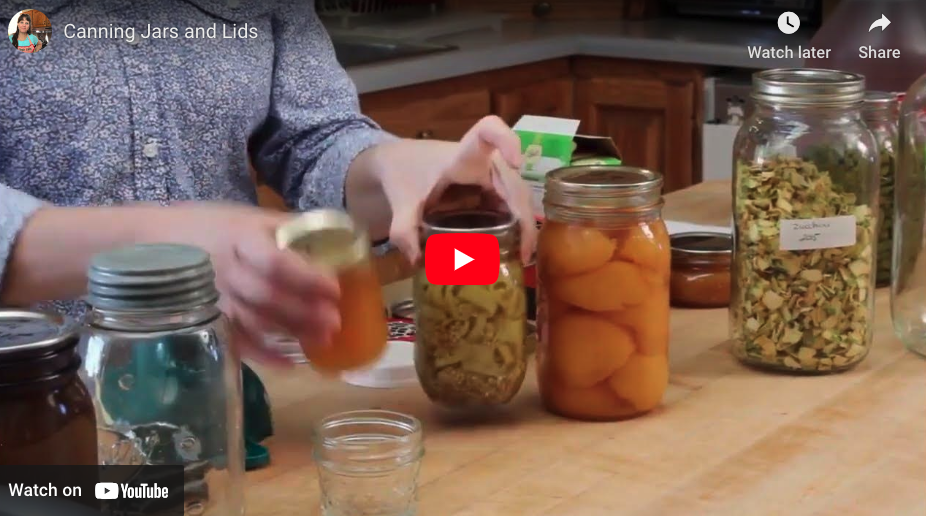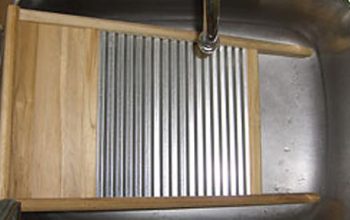Here’s a quick guide on the basics of selecting, using, and storing canning jars, lids and rings.
This video is a clip taken from our ????? Online Canning Course, Canning Basics. Jars come in several sizes. In this short video I’m showing some standard sizes and talk about the lids that fit and how they work.
Types of Canning Jars
Most of these jars can be found in my amazon store here:
Most home canners use these main jar sizes:
Quart Size: Commonly used for larger batches and preserves.
Pint Size: Versatile and widely used, ideal for smaller batches.
Smaller Sizes: Great for jams, jellies, and smaller quantities.
wide mouth jam jelly jar (4 oz)
There are also specialty jars available in various shapes, like squat jars. These wide-mouth jars are practical for canning and storing leftovers in the fridge.
Regular vs. Wide Mouth Jars
Canning jars come in two mouth sizes:
- Regular Mouth: Suitable for most foods but can be a bit narrow for items like pickles.
- Wide Mouth: Offers more room and easier access, especially for larger foods.
Lids and rings come in matching sizes, so be sure to have the right fit for your jars.
Canning Lids and Rings
The Standard Two-Piece Lid System
The recommended canning lid setup is a two-piece system:
- Flat Lid: This creates the actual seal on the jar.
- Ring (Band): Holds the flat lid in place during the canning process.
Here’s how it works:
- Place the flat lid on the filled jar.
- Secure it with the ring, tightening it just enough to hold the lid in place.
After Canning: Removing the Rings
Once your jars are processed and cooled, remove the rings for storage. A properly sealed lid should stay secure on its own. Storing jars without the rings helps avoid moisture build-up, which can cause the rings to rust over time.
Tips on Using and Reusing Lids and Rings
- Lids: These flat lids are single-use for canning. After canning, you can reuse them for storage, but they aren’t safe for canning again.
- Rings: Rings are reusable and can last a long time with proper care. However, they may rust or wear out eventually, especially if moisture remains trapped under them during storage.
To keep your rings in good condition, dry them thoroughly after each use and store them separately from your jars.
Buying Lids and Rings
You can buy lids and rings in various packaging:
- Lids with Bands: Typically sold in tall boxes that contain both flat lids and rings.
- Replacement Lids Only: Sold separately, these packs contain only flat lids. Perfect for those who already have rings and just need new lids.
Having these supplies on hand makes the canning process smoother and helps ensure your canned foods are stored safely. Remember, using the right jars, lids, and rings and following proper storage practices will keep your pantry well-stocked with delicious, safely preserved foods.


